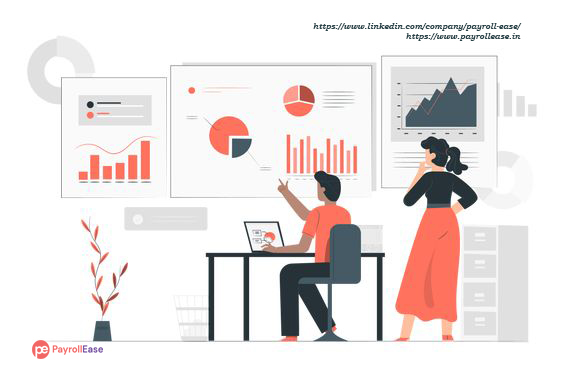
ESS (Employee Self-Service)
Payroll Ease is a crucial component in enabling Employee Self-Service (ESS) in a company, which enhances productivity, openness, and worker happiness. Here’s a quick overview of Payroll Ease’s involvement with ESS:
-
Real-Time Data Access: Payroll Ease-integrated ESS provides instant access to payroll-related information. Workers have rapid access to updates on their pay, bonuses, and deductions, giving them a clear and current picture of their total compensation.
-
Effective Leave Administration: Payroll Ease with ESS has leave request and approval tools. Employees can request vacation time or other forms of time off through the self-service portal, which streamlines the leave management process.
-
Personalized Profile Management: ESS gives staff members direct access to Payroll Ease for the management and updating of their data.
-
Tax and Deduction Preferences: Using the ESS interface, employees can personalize their choices for other deductions as well as for tax withholding.
-
Self-Service Benefits Enrollment: Benefits administration is further made easier by Payroll Ease’s integration with ESS. Through the self-service site, employees can enroll in or modify their benefit plans, such as their health insurance or retirement contributions.
-
Decreased Administrative Workload: Payroll Ease’s ESS feature helps HR staff handle less administrative work.
In summary, Payroll Ease’s powerful ESS features revolutionize how businesses handle payroll procedures. Payroll Ease enables employees to take charge of certain administrative activities and gives them direct access to their financial information, which improves accuracy, transparency, and employee satisfaction inside the company.


